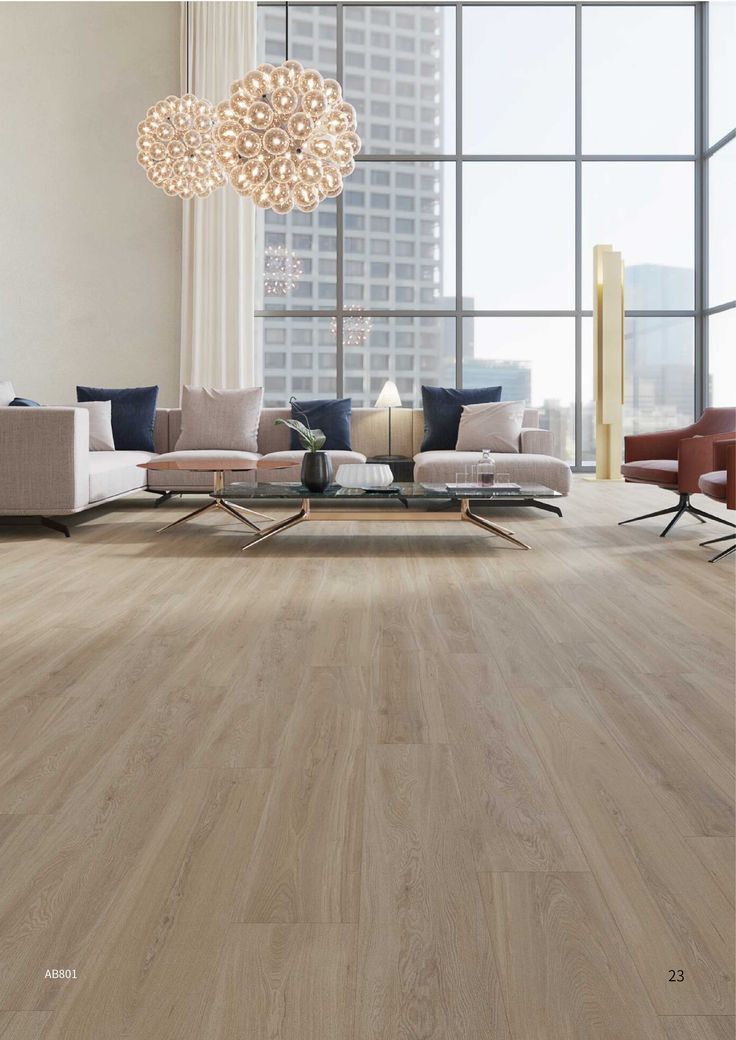When it comes to picking tough, nice-looking, and good-value floors, folks often weigh spc flooring against laminate. Both aim to look like real wood or stone, yet they differ a lot in how well they last and their worth. Responsive Industries, a top name in new floor ideas, shows why SPC is now the best pick for homes and work spots.
What Is SPC Flooring?
SPC, short for Stone Plastic Composite, uses new vinyl floor tech. Unlike laminate, which uses a high-density fiberboard, SPC has a solid core of limestone and helpers. This makes spc floors strong, waterproof, and tough against damage.
SPC is great for wet spots. Kitchens, bathrooms, and cellars — where laminate falls short — are great for SPC. Its many layers stop swelling, bending, and damage from spills or damp air.
Laminate Flooring: The Old Pick
For years, laminate was liked for its wood-like look but low cost. Yet, it has downsides. Since its core is wood-based, water can harm it. Even small spills can make the boards bubble, bend, or split apart.
While laminate does well in dry rooms like bedrooms, it may need more care over time than SPC. For long-term trust, this may mean more costs and hassle.
Durability and Lifespan
Responsive Industries says toughness is key when looking at these choices. SPC is made to handle lots of walking, scratches, and bumps, great for homes and work spots. Its solid core keeps it stable, even on bumpy floors.
Laminate, though okay in dry places, wears out faster when things get tough. Folks with pets, kids, or rentals often find SPC a better long-run bet.
Designs and Looks
Now, people also care about style. Responsive answers this with a range of looks. From wood feels to stone styles, SPC rivals real materials but costs less.
For those also looking at lvp flooring and LVT tile, SPC adds well to these choices. While LVP gives wood warmth and LVT looks like stone or ceramic, SPC adds both look and toughness, helping owners plan well.
Putting It In and Upkeep
Another big difference is how it’s put in. SPC floors snap together without glue or nails. This is not only quick but also lowers costs. Laminate can snap too, but its fear of water means being careful when setting it up.
Keeping SPC neat is easy. Just sweep and mop, while laminate may need more work to dodge water harm and edge puffs.
Long-Run Value
Laminate may look cheaper at first, but its shorter life and higher upkeep can end up costing more. SPC, however, saves money by cutting how often it needs to be swapped and its care costs. Responsive Industries notes that this makes it a favorite for landlords and work spot runners, as it cuts complaints and costs from tenants.
Conclusion
Choosing between SPC and laminate depends on what you value in a floor. If you want a floor that deals with water, fights harm, and looks good with less fuss, spc flooring wins by far. With new designs, SPC does better than laminate in all boxes — from lasting longer to pleasing tenants.
Responsive Industries also brings extra choices like LVP flooring and lvt tile, giving folks big options for any spot. For those wanting to put money in floors that mix looks and function, SPC stands out as the smarter, lasting pick.



